Cavalier King Charles Spaniel
Cavalier King Charles Spaniel
America’s Gentle and Affectionate Lap Dog
1. Introduction to the Breed
The Cavalier King Charles Spaniel, securing the #17 spot in the 2024 American Kennel Club (AKC) rankings, is a gentle and affectionate breed cherished for its loving nature and elegant appearance. Known as “Cavaliers,” these small dogs are ideal lap companions, captivating families, singles, and seniors with their soulful eyes and silky coats. Their adaptability and warm personality make them perfect for urban apartments or cozy suburban homes, bringing comfort and charm to any household.
2. History of the Breed
Originating in 17th-century England, Cavaliers were bred as companions for royalty, named after King Charles II, who adored the breed. Descended from toy spaniels, they were refined in the 1920s to restore their longer muzzles and elegant look, distinguishing them from King Charles Spaniels. Recognized by the AKC in 1995, Cavaliers gained U.S. popularity for their affectionate demeanor and versatility in dog shows and therapy roles. Their royal heritage and endearing presence continue to win hearts across America.
3. Physical Characteristics
- Typical Size and Weight: Cavaliers are small, standing 12–13 inches tall at the shoulder and weighing 13–18 pounds for both males and females, with a compact, graceful build.
- Coat and Color: Their medium-length, silky coat is soft and wavy, in colors like Blenheim (chestnut and white), tricolor, black-and-tan, or ruby. The coat sheds moderately and requires regular grooming.
- Distinctive Features: Cavaliers have a rounded head, large, dark eyes, and a sweet, expressive face. Their long, feathered ears and gently wagging tail enhance their elegant, approachable look.
4. Personality Traits
Cavalier King Charles Spaniels are gentle, affectionate, and social, with a loving demeanor that makes them exceptional family pets. They thrive on human interaction, forming close bonds with children, adults, and other pets, and are rarely aggressive. Their playful yet calm nature suits various lifestyles, though they may bark to alert strangers. Cavaliers crave companionship and can develop separation anxiety if left alone too long, making them ideal for owners who can provide constant attention and affection.
5. Care Requirements
- Exercise Needs: Cavaliers need 30–60 minutes of daily exercise, such as leisurely walks, gentle play, or short fetch games. Mental stimulation through training or interactive toys keeps their minds engaged.
- Grooming Needs: Their coat requires brushing 3–4 times per week to prevent matting, with special attention to feathered areas. Regular ear cleaning, nail trimming, and dental care are essential, as Cavaliers are prone to ear infections and dental issues.
- Dietary Considerations: A balanced, small-breed diet with high-quality proteins supports their energy and coat health. Portion control prevents obesity, and foods with omega fatty acids reduce skin sensitivities. Avoid overfeeding to maintain their delicate frame.
6. Health and Lifespan
Cavalier King Charles Spaniels have an average lifespan of 12–15 years. Common health issues include mitral valve disease (a heart condition), syringomyelia, hip dysplasia, and patellar luxation. Their long ears make them prone to infections. Regular vet checkups, heart screenings, and a healthy lifestyle mitigate risks. Owners should monitor for coughing, lethargy, or ear odor and ensure dental care to prevent periodontal disease. Genetic testing from breeders reduces hereditary issues.
7. Training and Socialization
Cavaliers are intelligent and eager to please, making them highly trainable with positive reinforcement using treats or praise. Short, engaging sessions work best, as their gentle nature responds poorly to harsh methods. Early socialization ensures they’re comfortable with strangers, children, and other animals, reducing shyness or excessive barking. Teaching commands like “stay” and “quiet” helps manage their alert tendencies. Gentle training and socialization create a well-mannered, confident Cavalier.
8. Ideal Home Environment
Cavaliers thrive in apartments or small homes, making them ideal for urban dwellers, seniors, or families with older children. Their small size and calm demeanor suit cozy indoor spaces with soft bedding for lounging. A secure yard is beneficial for play, but they prefer staying close to their owners. Owners should provide a warm, affectionate environment and avoid long periods of solitude to prevent separation anxiety, ensuring a nurturing home for their loving nature.
9. What’s the Best Toy for My Cavalier King Charles Spaniel?
Cavaliers enjoy toys that suit their gentle, playful nature and social tendencies. Soft chew toys made of gentle rubber satisfy their mild chewing instincts, providing 15–20 minutes of engagement, especially when stuffed with treats for light mental stimulation. Plush toys without squeakers are ideal for cuddling or gentle tossing, perfect for 10–15 minute indoor play sessions to match their calm energy. Small, lightweight balls for rolling encourage light chasing, suitable for their moderate activity level. Interactive puzzle toys with treat compartments engage their curious minds, keeping them occupied for 10–15 minutes indoors. Avoid hard or oversized toys that could harm their delicate jaws. Rotate toys regularly and pair with gentle games to maintain engagement.
10. Adoption and Breeder Tips
Choose breeders affiliated with the Cavalier King Charles Spaniel Club, USA, ensuring health clearances for heart, eyes, hips, and neurological conditions like syringomyelia. Visit the breeder to assess puppy health, meet parents for temperament insights, and confirm ethical practices, including socialization and clean facilities. Rescues like Cavalier-specific organizations offer adoptable dogs, often with known histories. Avoid puppy mills, as Cavaliers are prone to health issues if poorly bred. Ask about genetic testing, socialization practices, and the breeder’s experience to ensure a healthy, well-adjusted dog.
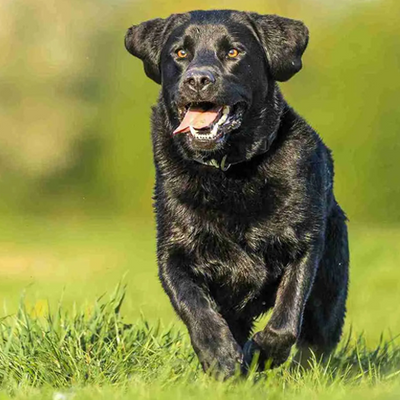
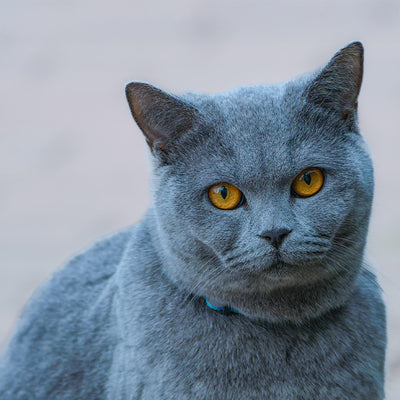
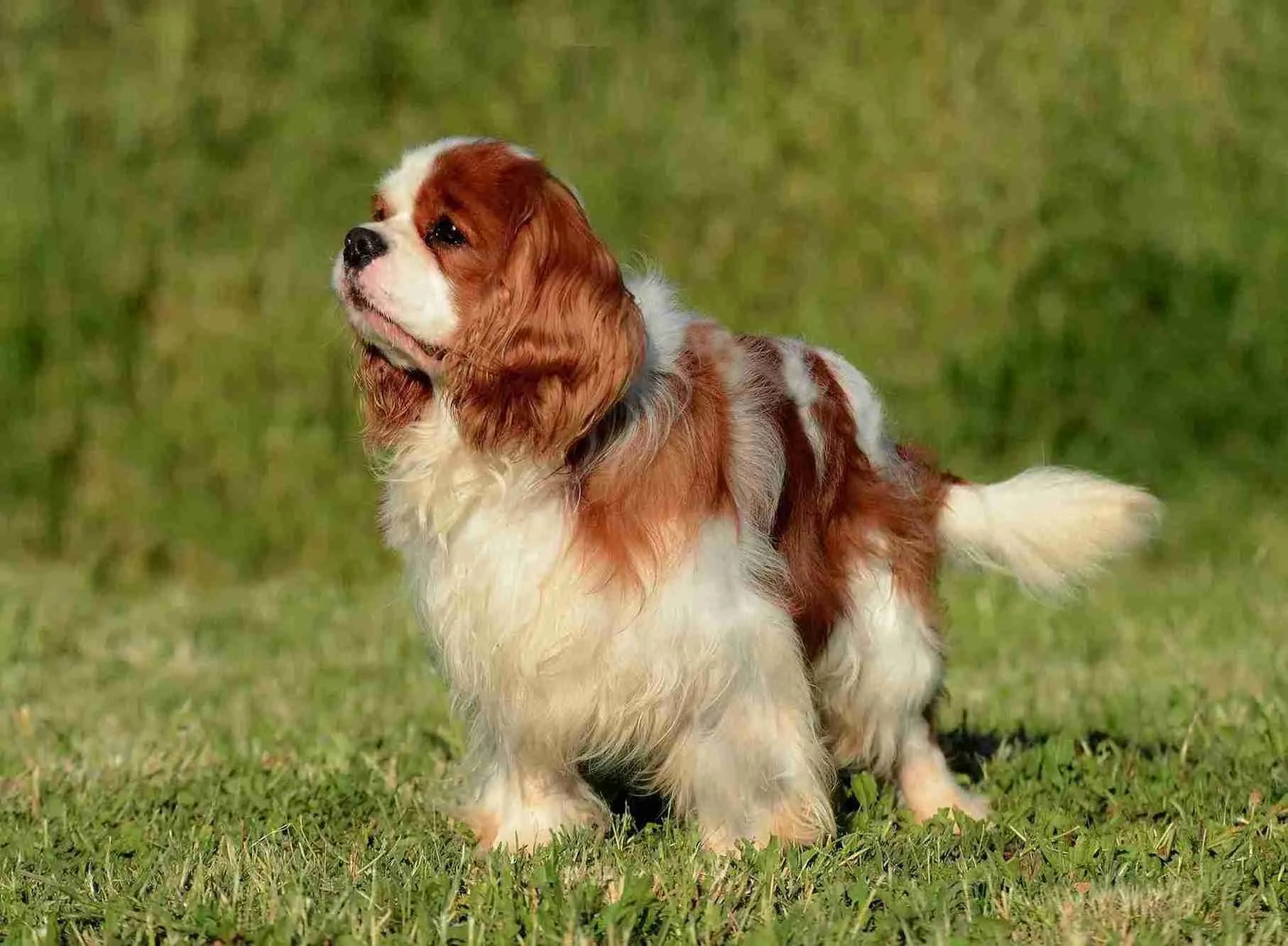
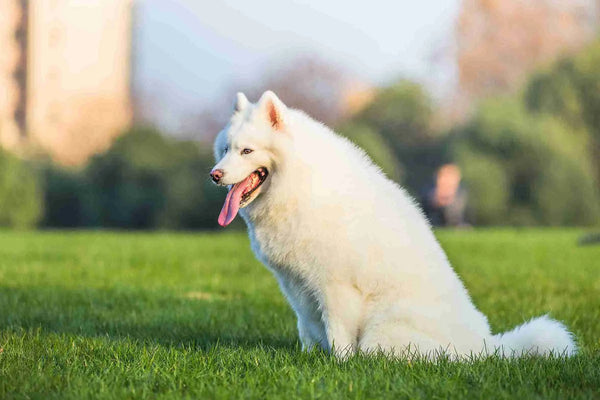

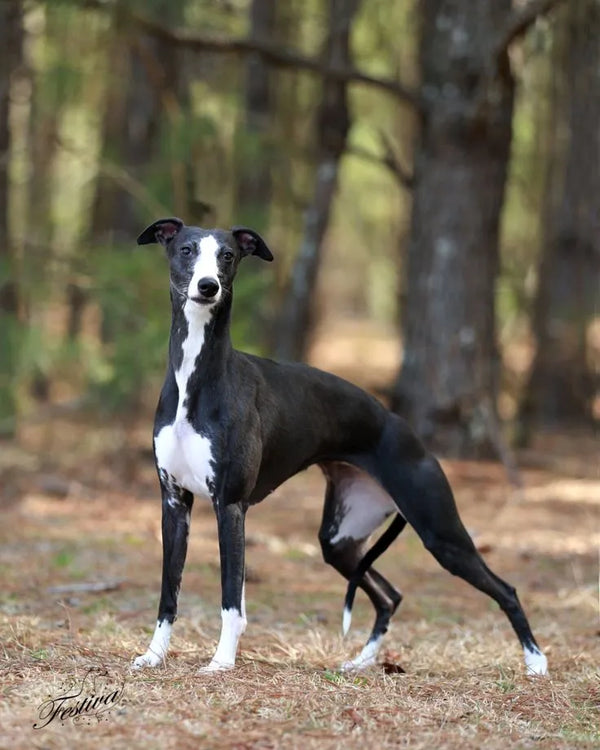
0 comments